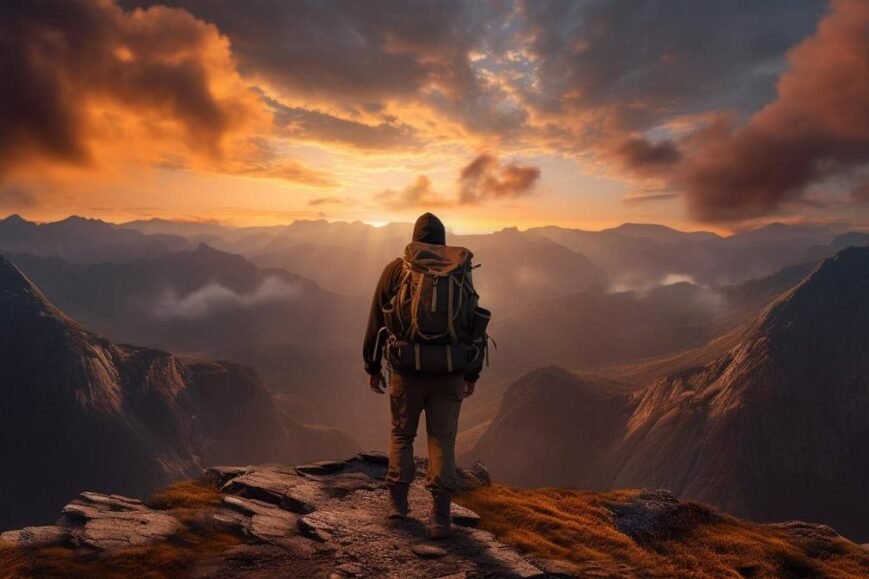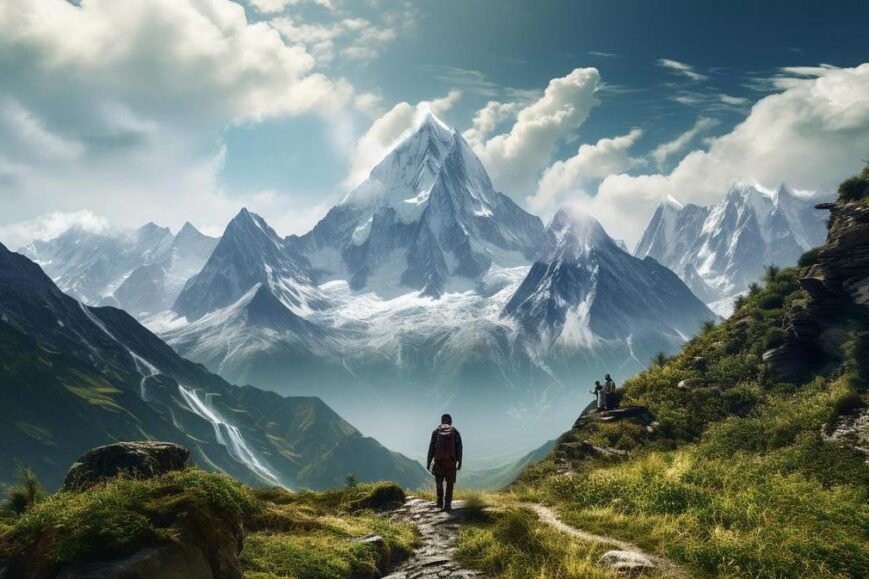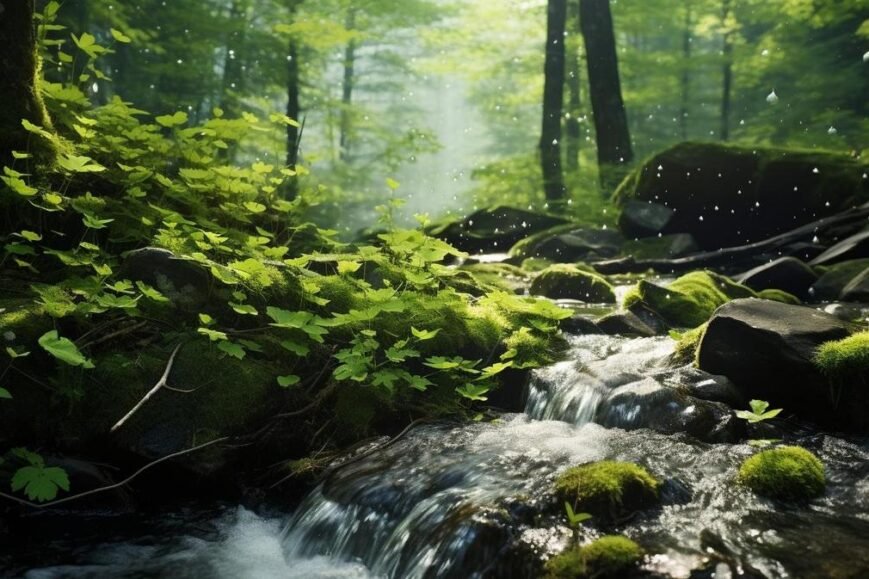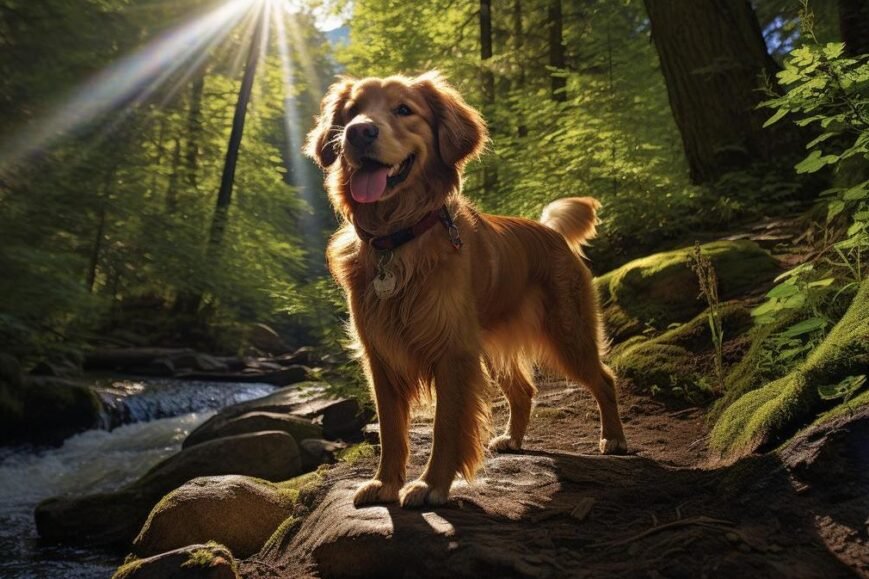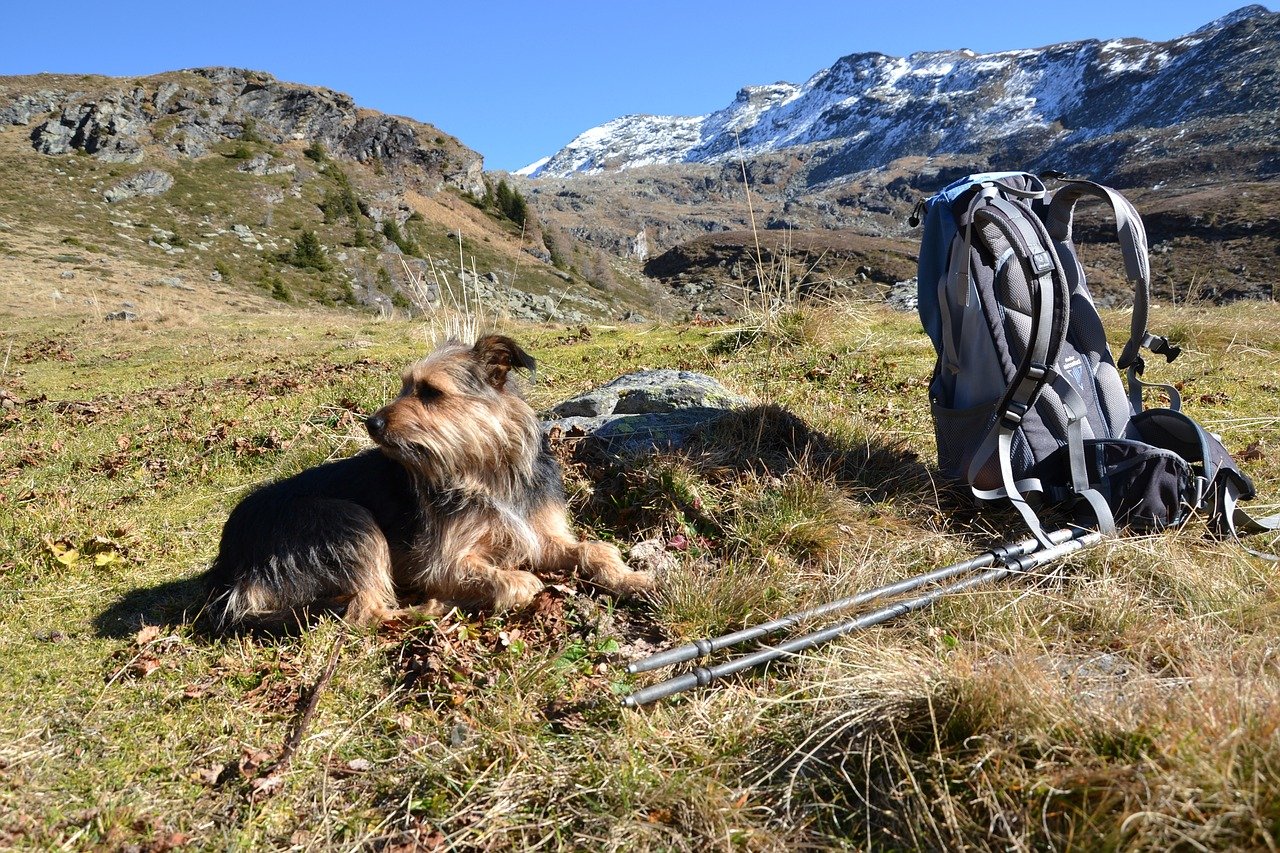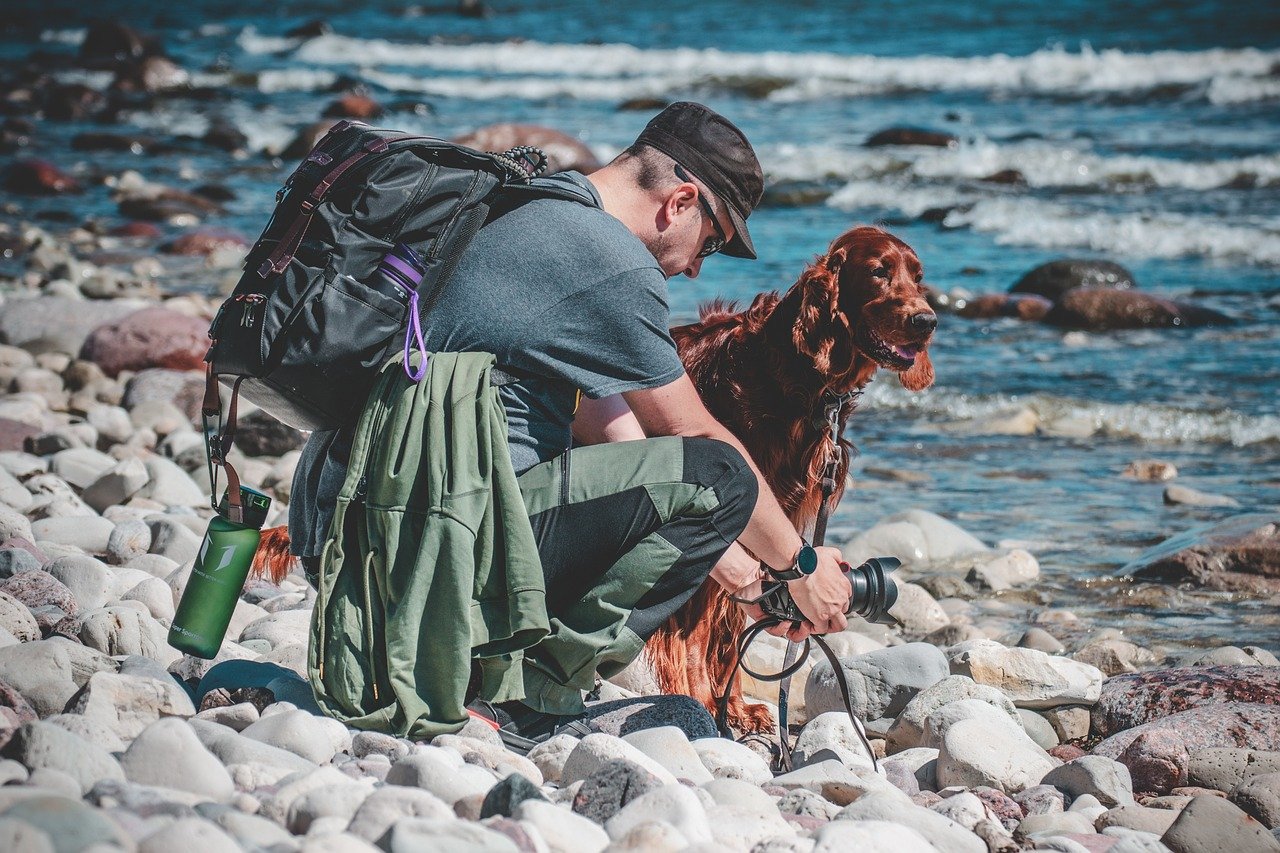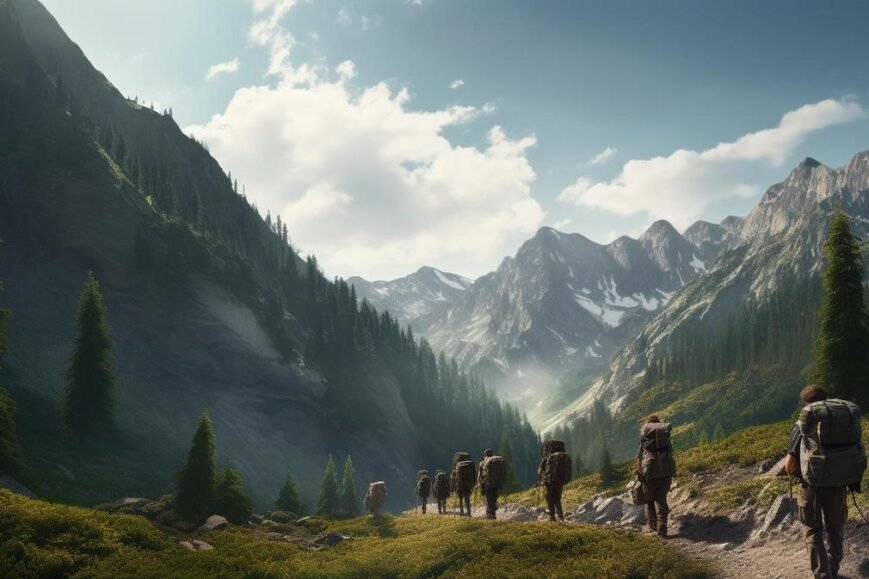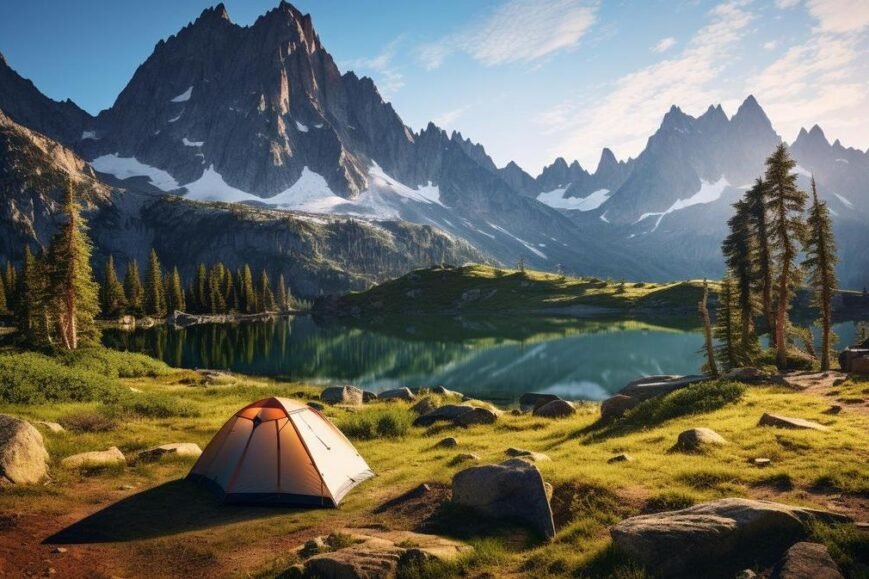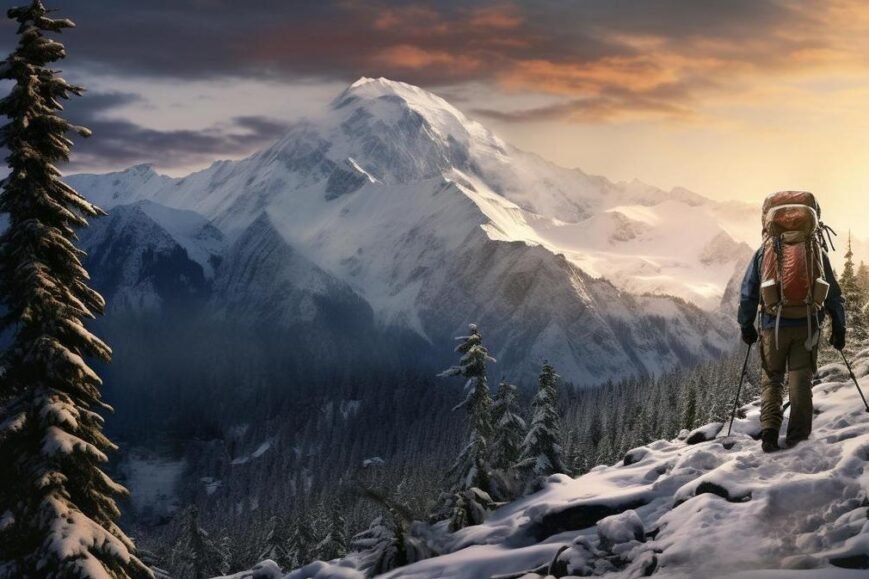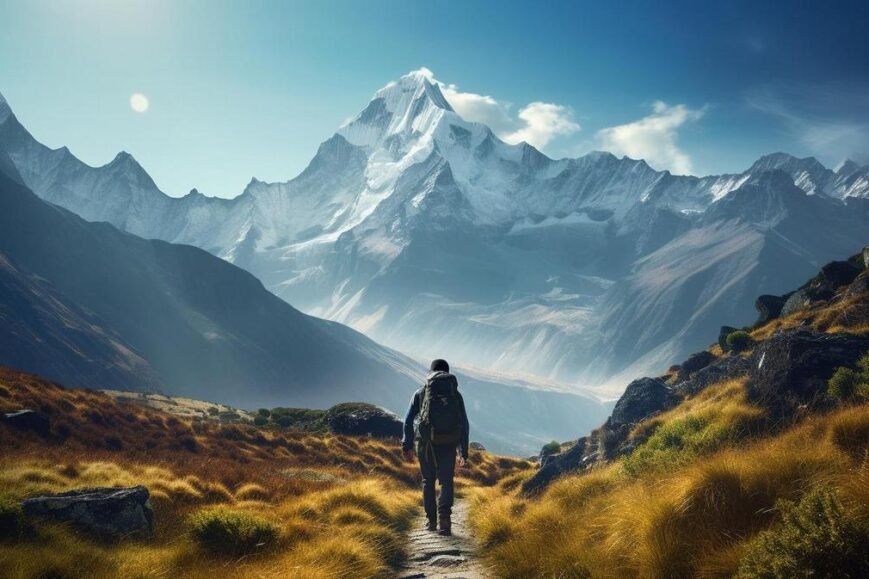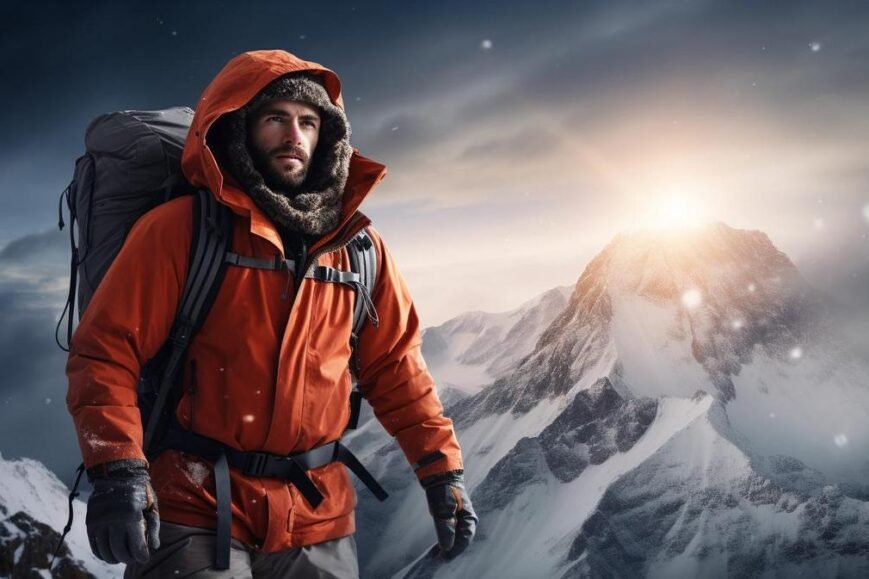- Carefully plan your solo hiking itinerary, including trail selection, navigation, campsite identification, permits, and informing someone about your plans.
- Pack essential gear for safety, navigation, shelter, food, and hydration, focusing on weight and utility.
- Ensure safety with appropriate night gear, bear spray, a personal locator beacon, and knowledge of emergency procedures.
- Stay hydrated by carrying enough water, choosing a purification method, and mapping water sources beforehand.
- Choose a lightweight and easy-to-set-up tent, a suitable sleeping bag, and a pad, and consider bivouac shelters or hammocks for alternate sleeping systems.
- Navigate trails confidently with a map, compass, GPS, and by recognizing trail markers; practice navigation skills in familiar settings.
- Mentally prepare for solo hiking by coping with fear and loneliness, practicing mindfulness, and ensuring proper mental conditioning.
- Adjust meal planning for balanced nutrition, high-calorie foods, and essential cooking gear, including a first aid kit with hydration and nutrient replenishment supplies.
Ready to tackle the trails on your own but not sure where to start? Setting up a solo overnight hike can feel daunting, but I’ve got your back. From picking out trails to snagging permits and letting folks know your plans, I’ll guide you through it. Pack your gear—a big solo adventure awaits!

How Do I Plan My Solo Overnight Hiking Itinerary?
Is it OK to go hiking alone? Yes, if you plan well. First, pick your trail. Look for a route that fits your level of skill. Choose one that won’t be too tough. Make sure you check the weather too.
Where do hikers sleep while hiking? We find spots called campsites. Some trails have shelters for you to use. Others let you pick your spot. Just be sure it’s safe and allowed.
Start by choosing your destination and trail. Think about the views you want and what challenges you’re ready for.
Next, estimate how much time you’ll need. Think about how far you can hike each day. Don’t forget to include time for breaks and setting up camp.
Then, identify spots for camping and if they have shelters. This is key to a safe night’s sleep. Use tools like trail maps to find these spots ahead of time.
Getting permits and reservations can be a must. Some places need you to book spots to camp or hike. Do this early to make sure you get a place.
Last, tell someone about your hike and your full plan. Let them know when you plan to be back. This step could be a lifesaver in an emergency.
What Should Be on My Packing List for a Solo Hike?
What to take on a solo overnight hike? You’ll need gear for safety, comfort, food, water, and the right clothes.
First, figure out what you’ll eat and drink. Pack snacks that give you quick energy and meals that are easy to make. Don’t forget to bring enough water and tools to purify more from streams.
Next, think about tools to find your way. A good map and a compass are must-haves. Sometimes, trails can be tricky, so knowing how to use them is key.
Your bag should be light but fit all you’ll need. Picking the right backpack is vital to keep you moving with ease. Clothing should be just right for day and night temps.
Don’t forget other basics like a light tent, a warm sleeping bag, and something to cook with. Plus, a first aid kit is a big deal for those ‘just in case’ times.
As an outdoor adventure enthusiast, I suggest planning with a solo hiking gear guide. This can help you make sure you don’t miss a thing. Simple hacks can have a big impact. For instance, knowing how to pack can keep your bag light. This helps you hike longer and feel better at the end of the day.
Each item in your pack should serve a purpose. Think, “Do I really need this?” Keep your pack as light as you can. This means a better and safer hike for you.
Happy trails and pack smart! Keep it simple and think safety, but remember to savor the journey ahead.

How Can I Ensure Safety on My Solo Overnight Hike?
Is it a good idea to go hiking at night? Yes, but you must take the right safety steps. When hiking alone at night, always use a strong headlamp. Stick to marked paths to avoid getting lost and watch out for tripping hazards. Be aware of wildlife that is active after dark, and know how to react if you encounter any.
What about wildlife encounters when hiking solo? Know the animals you might meet. Read up on how to stay safe with bears, snakes, and others. Make noise while you walk to alert animals to your presence. Carry bear spray where it is allowed and know how to use it.
Should you use personal locator beacons for hikers and other safety devices? Yes, absolutely. A personal locator beacon is key when you hike alone. It sends out a signal if you need help. Consider also taking a whistle, a mirror, or a flare to signal for help in emergencies.
What emergency protocols for hikers are important? Learn basic first aid before you set out. Write down your plan and share it with a friend or family member. Know the signs of common health issues like dehydration or hypothermia. Practice how to stay calm if things don’t go as planned. Remember, calm thinking can save the day if you face trouble.
By planning for wildlife, taking key safety gear, and knowing emergency steps, your solo hike can be both safe and fun. Your gear and knowledge are your best pals out in the wild. They keep you safe so you can focus on the beauty of the night sky and the peaceful trail ahead.
How Should I Approach Water Purification and Hydration?
How to stay hydrated on a solo overnight hike?
You need to select a water purification method and map water sources. It’s vital to carry enough water, renew your supply, and use hydration systems.
Water is key when you pack for a solo overnight hike. First, pick a way to clean water. Think about tablets, filters, or boiling. Each method has its pros and cons. Tablets are light and easy but take time and can taste odd. Filters clean quickly but can break and weigh more. Boiling is sure but needs a stove and fuel.
Stay safe by knowing where to find water. Look at maps and plan where you can fill up. Check reports for water source information. If you can’t find water, carry more and keep an eye out for signs of streams or lakes.
Next, think about how to take water with you. Hydration packs let you drink while you walk. Water bottles are simple to use and fill. Some hikers use a mix of both.
Stick to these tips to stay hydrated and enjoy your hike. Remember, water is life when you’re out on the trail.

What Are the Best Shelter and Sleeping Systems for Solo Hikers?
When heading out on a solo overnight hike, where you will sleep is key. You need the right tent and sleep gear to stay safe and warm. The best tents for solo hikers must be light but strong. They should protect from rain, wind, and cold. You will find one-person hiking sleeping systems perfect for this.
Selecting a suitable tent for solo hikers is about more than just size. It’s also about easy set-up. As a solo hiker, you must do everything by yourself. You want a tent that you can pitch fast if a storm comes. Start by looking for “best tents for solo hikers” online. This will show tents that fit just one person and are simple to use.
Sleeping bag and pad considerations matter too. They keep you cozy when temps drop at night. Pick a sleeping bag rated for the coldest weather you expect. Your pad should be thick enough to cushion you from the hard ground. Make sure both items are light. Hauling a heavy load is not fun when you’re by yourself.
Some solo hikers like to utilize bivouac shelters or hammocks. A bivvy is a small, waterproof cover that fits over your sleeping bag. It’s perfect when you want to sleep under the stars. A hammock lets you sleep off the ground. It’s best in places without lots of bugs or when you don’t need warmth from the ground.
Evaluating the best spots to set up camp is your last step. Look for flat, dry ground away from trails and water sources. High spots are good because cold air sinks. But stay away from cliffs and ridges that could be windy. Ensure your spot is safe from falling trees or rocks. Most of all, pick a spot where you can enjoy the peace of nature and have a good night’s rest!
Solo overnight hiking can seem tough at first. But choose the right tent and sleep system, and you’re on your way. And don’t let being a solo overnight hiker worry you. Many women enjoy these adventures safely. Plan well and enjoy the stars!
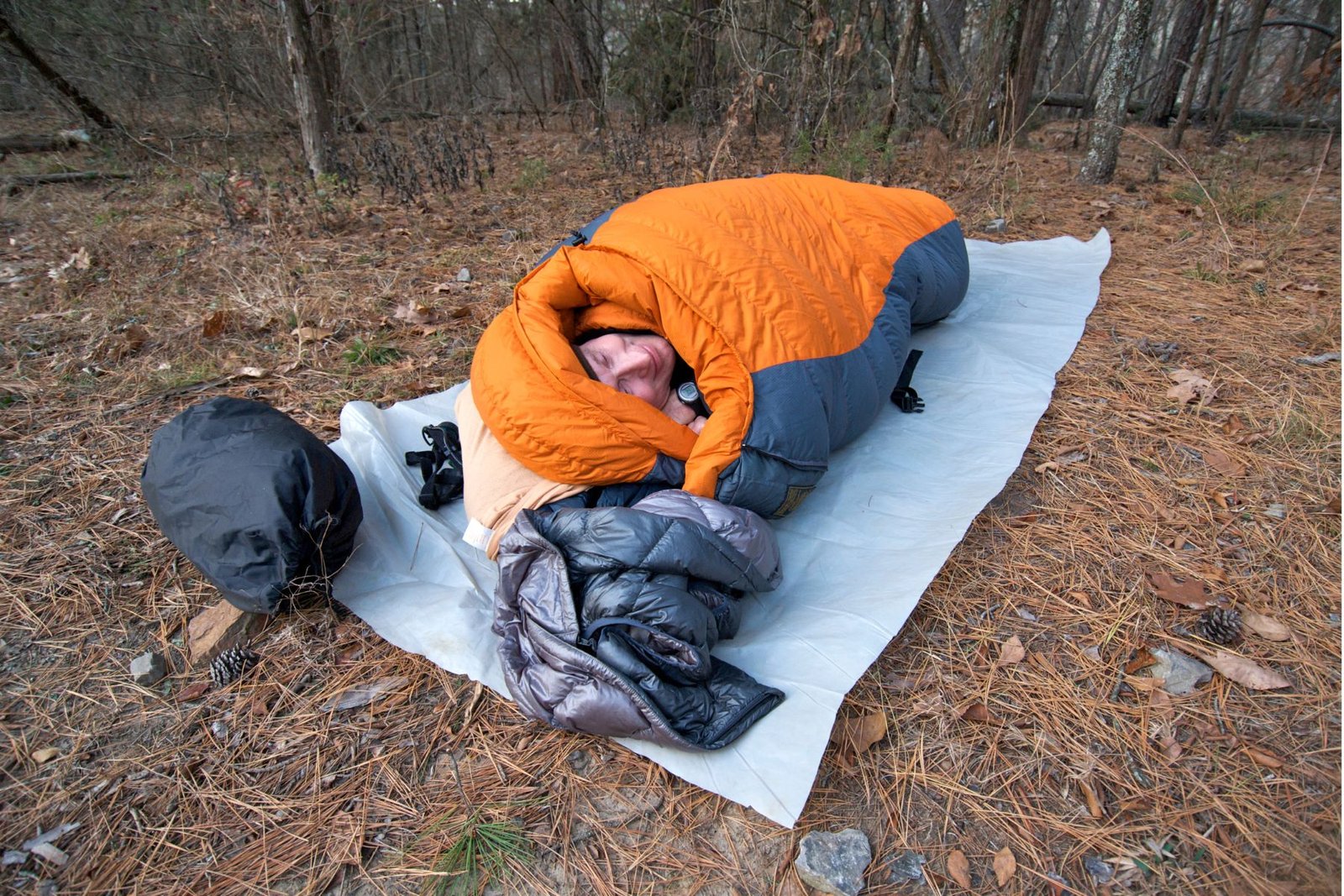
How Can I Navigate Trails Alone Safely and Efficiently?
To safely navigate trails alone, use a map and compass. GPS helps too. Know how to read trail signs. Do not lose your way.
When I hit the trails by myself, my top skill is map reading. Before I even step out, I study my route. I mark important spots like water sources and shelters. It keeps me on track and safe.
I also pack a sturdy compass. It’s my trusty sidekick when electronics fail. I pair it with my map to find my way through the wild.
But, GPS has its place, I admit. I load the route on my device. I check it helps me stick to my path. Still, I keep my map close. Device batteries can die.
Trail markers are like breadcrumb trails. I look for colored blazes or stacked rocks. They guide me like a friend. They tell me, “This way” or “Not that way.”
Here’s a pro tip: Practice at a local park. Get a feel for your map and compass before you tackle big, wild places.
If you think you might have a knack for navigating trails alone, staying on the right path is key. You’ve got this! Just make sure you’re familiar with your solo wilderness navigation tools before you set out. Your adventure awaits!

What Solo Hiking Mental Preparation Techniques Are There?
Is it OK to go hiking alone? Yes, it is OK to hike alone if you prepare well. Fear and loneliness can be big challenges when you set out for a solo hike. Have a plan to manage these feelings before you hit the trail. Being alone in nature can make you feel small or lost at times. But with the right mindset, you can enjoy the peace that comes from hiking alone.
How to cope with the mental challenges of hiking solo? You can manage fear by learning about the trail and its risks. Know what animals or weather you might face. Prepare for these with the right gear and knowledge. Dealing with loneliness is about finding joy in your own company. Mindfulness can help here. Take in the sights, sounds, and smells around you. They can boost your happiness and keep your mind off being alone.
Strategies for enjoying solitude include taking pictures or writing in a journal. These activities keep your mind busy. They also give you something to share when you return. Plan breaks as well—a moment to rest and enjoy the view can remind you why you started the hike.
Preparing mentally for solo hiking also means knowing your limits. Don’t plan a hike that’s too hard for you. Build up to bigger hikes as you gain strength and confidence. Always tell someone where you’re going and when you plan to return. This way, someone knows to look for you if there’s trouble.
Mindfulness and mental health bonuses come with hiking solo too. Nature can calm and refresh your mind. You learn about yourself, too. Every hike teaches what you can do and what you enjoy. This builds confidence that goes beyond the trail.
How Do I Adjust My Meal Planning for Solo Trekking?
What are the nutritional considerations for solo hikers?
Solo hikers need enough calories and a balanced diet. They must eat and pack smart. Here’s how:
- Pack high-calorie food that won’t weigh you down.
- Use small, easy-to-use stoves for quick meals.
- Pick foods from all groups for good health.
- Have a first aid kit with items to treat dehydration and nutrient loss.
Plan Your Meals with Care
When you hit the trail alone, your body works hard. You need food that gives you power and helps you move. Bring food rich in protein, fat, and carbs. Think about nuts, dry fruit, energy bars, and ready-to-eat meals. They can keep you going for a long time.
Cook Smart, Eat Well
Out there, alone with nature, you can’t bring your home kitchen. But you can still eat tasty food. Solo backpacking stoves are small and easy to use. They’re perfect for boiling water fast. You can make hot food that warms your body and soul. Simple meals like instant oatmeal, soup, and noodles work great.
Balance on the Menu
When you plan your meals, think about colors. Try to eat different colors of fruits and veggies. This way, your body gets all kinds of good stuff. Add seeds, nuts, and whole grains too. A good mix of food keeps your body strong on the trail.
First Aid Food
Your first aid kit is not just bandages and antiseptic. You need to think about your belly too. Pack rehydration salts or powder. Include some vitamins if you walk for many days. And don’t forget a water filter or purification tablets. Clean water is key to good health.
When you carry all on your back, each item counts. Pack smart and eat right. Happy trails, solo hikers!

Conclusion
Planning a solo hike takes skill. You learned how to pick trails, manage time, and find sleep spots. Permits, gear, and telling a friend are key. Pack right for safety and comfort. Stay safe with the right gear and know-how to handle wildlife.
Keep hydrated with good water sources. Choose a tent, sleep system, and where to set up. Know how to use maps and tech for trail navigation. Get your mind ready to be on your own. Plan meals to keep your energy up. Remember, solo trips need smart prep to be safe and fun!
![]()

